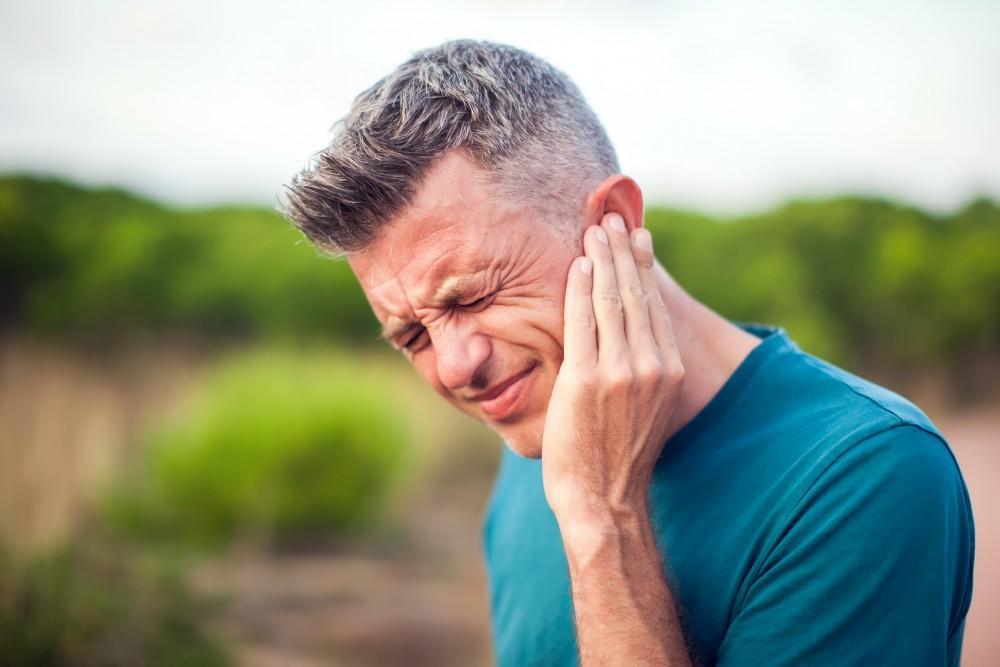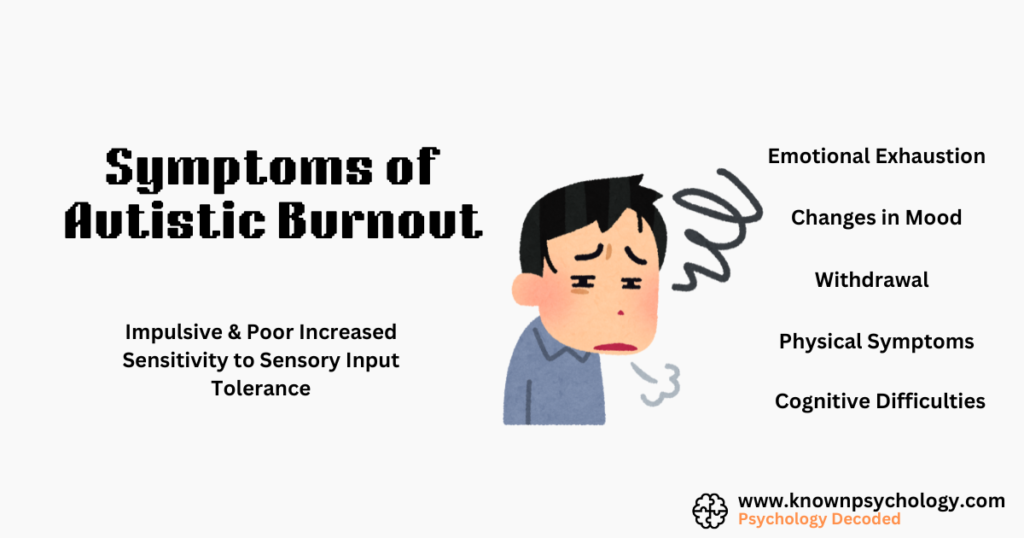
Do certain everyday sounds make you feel very upset, even if no one else seems to be bothered by them? This is the situation with misophonia, which is a severe aversion to certain noises.
What is Misophonia?
Misophonia is a condition in which certain noises cause physiological or emotional reactions that seem inappropriate for the situation. Misophonia sufferers may characterize their condition as when a sound “drives you crazy.” Their responses could be anything from irritation and rage to fear and the impulse to run. The condition is also referred to as selective sound sensitivity syndrome.
Misophonia sufferers often claim that oral sounds—the noise made when someone eats, breathes, or even chews—are what set them off. The sound of the windshield wipers or fingers tapping on a keyboard are additional distracting noises. Someone fidgeting, shoving you, or wriggling their foot might sometimes be the result of a little repeated action.
In a similar vein, misophoniacs report that they often react to visual cues that accompany noises and may also react strongly to repeated gestures.Researchers think that repeated noise may be one of the characteristics of “misophonic sounds,” and that those who have misophonia may already have problems with how their brains filter sounds. The additional issues with auditory processing are therefore made worse by that repetition.
There seems to be a spectrum of severity for the illness. People describe a variety of emotional and physiological reactions, along with related thoughts.
If your response is minor, you may experience:
- Anxious
- Uncomfortable
- The urge to flee
- Disgust
If you respond more harshly, the noise in issue might result in:
- Rage
- Anger
- Hatred
- Panic
- Fear
- Distress on an emotional level
The illness may make it difficult for you to socialize. It has been shown that misophoniacs experience anticipatory anxiety when they enter environments where trigger noises might be present. You could dine alone or steer clear of eateries while dining with your family, housemates, or spouse.
You could eventually react to visual cues as well. Observing something you are aware might lead to the
How Do You Get Misophonia?
It is unknown when this chronic illness first manifests, although some individuals describe symptoms between the ages of 9 and 13. Misophonia is more frequent in females and seems to be unrelated to any specific incident, although it does come on swiftly.
Although the exact etiology of misophonia is unknown to medical professionals, it is not an aural issue. They believe that it’s both mental and physical. It could have to do with how sound influences the brain and sets off bodily reflexes.
The doctor could struggle to diagnose you since your ears are normal and your hearing is OK. Misophonia may sometimes be confused with anxiety, bipolar illness, or OCD. Certain physicians believe it ought to be categorized as a novel condition.
There is disagreement about categorization, and physicians often aren’t aware of the illness. Misophonia seems to manifest both independently and in conjunction with various medical, developmental, and mental health issues.
Recent ground-breaking research has shown that misophonia is a brain-based illness. Scholars indicate a disturbance in the interconnectivity in brain regions responsible for processing auditory stimuli and the fight/flight response. It also affects brain regions that encode auditory cues.
How Do You Treat It?
Although the illness does interfere with everyday living, it is manageable.
Treatment often entails a multidisciplinary approach that combines supportive counseling with an emphasis on coping techniques with sound treatment provided by audiologists.
You may experiment with anything like a hearing aid that simulates a waterfall sound in your ear. Your response time is lowered and triggers are diverted by the loudness.
Other treatments include talk therapy.
Your way of living is also important. Get enough of sleep, exercise often, and control your stress. Additionally, you may block out noise by using headphones and earplugs. Create safe havens or peaceful places in your house where people won’t produce sounds that annoy you. and enlist the assistance of several institutions & research institutes that are focusing on it.
A Note from Known_Psychology
At Known_Psychology, we aim to shed light on this often misunderstood condition, providing insights into its underlying mechanisms and offering strategies for managing its disruptive effects. Understanding misophonia is the first step towards reclaiming peace in a world that can often feel overwhelmingly loud.
References
- American Academy of Audiology Annual meeting, Boston, 2012.
- Marsha Johnson, AuD, Oregon Tinnitus & Hyperacusis Treatment Center, Portland, OR
- Marsha Johnson: “50 Cases of Misophonia.”
- Misophonia Association: “Potential Treatments,” “Annual Convention,” “Resources.”
- Misophonia 4S Provider Network USA: “What Is Misophonia /4S?”
- Aage Moller, PhD, distinguished lecturer in behavioral and brain sciences, University of Texas at Dallas.
- Moller, A., ed. Textbook of Tinnitus, Springer, New York, Berlin, Heidelberg, 2011.
- Schroder, A. PLOS One, January 2013.
Known Psychology is a collaborative platform run by a dedicated team of psychology experts, professional writers, and experienced editors who are passionate about psychology and mental wellness. We publish evidence-based, easy-to-understand content designed to inform, inspire, and support our global audience. Every article is carefully researched and crafted to provide reliable insights into human behavior, emotional health, therapy techniques, and personal growth strategies. At Known Psychology, we turn complex psychological topics into simple, actionable knowledge.



На этом сайте вы можете приобрести онлайн телефонные номера разных операторов. Эти номера могут использоваться для регистрации аккаунтов в разных сервисах и приложениях.
В каталоге представлены как постоянные, так и одноразовые номера, что можно использовать для получения SMS. Это простое решение если вам не желает использовать основной номер в интернете.
купить номер для твиттера
Процесс покупки очень простой: определяетесь с подходящий номер, вносите оплату, и он становится готов к использованию. Оцените сервис прямо сейчас!
Данный ресурс — популярное онлайн-СМИ.
Мы быстро представляем ключевые репортажи.
https://rftimes.ru/html/smi.html
Наша команда делает всё возможное, чтобы предоставлять только проверенную информацию.
Следите за нами, чтобы всегда узнавать свежие публикации!
Здесь публикуются актуальные события России и всего мира.
Здесь можно прочитать важные репортажи по разным темам .
https://ecopies.rftimes.ru/
Читайте главных событий в любое время.
Надежность и скорость подачи в каждом репортаже.
This extensive resource serves as an thorough guide to the domain of modern video surveillance, providing valuable information for both professional CCTV installers and entrepreneurs seeking to strengthen their security infrastructure.
Video Surveillance Software
The site delivers a detailed analysis of online video surveillance systems, exploring their strengths, drawbacks, and effective applications.
На этом сайте можно ознакомиться с информацией о сериале “Однажды в сказке”, его сюжете и ключевых персонажах. смотреть однажды в сказке Здесь представлены интересные материалы о создании шоу, исполнителях ролей и любопытных деталях из-за кулис.
На данном сайте вы сможете найти свежие промокоды ЦУМ.
Применяйте эти купоны, чтобы оформить скидки на покупки.
Акции обновляются регулярно, поэтому не пропускайте новыми предложениями.
Экономьте на товары с лучшими промокодами из ЦУМ.
На данном сайте вы найдёте полезную информацию о способах лечения депрессии у людей преклонного возраста. Вы также узнаете здесь о методах профилактики, актуальных подходах и советах экспертов.
https://pinshape.com/users/6513608-gvztapwtlc
В нашем магазине вы можете купить кроссовки New Balance 574. Эта модель характеризуется комфортом и современным внешним видом. New Balance 574 станут отличным выбором для активного отдыха. Покупайте свою пару уже сегодня и оцените преимущества легендарного бренда.
https://nb574.sneakero.ru/
Стильные советы по подбору отличных видов на каждый день.
Обзоры стилистов, события, все показы и мероприятия.
https://urban-moda.ru/all/749-za-chto-my-lyubim-brend-coach-ikona-amerikanskogo-stilya-i-masterstva/
Модные советы по созданию модных луков на любой день.
Мнения экспертов, события, все новинки и мероприятия.
https://superlooks.ru/events/112-plein-sport-stilnaya-obuv-ot-philipp-plein/
Стильные советы по выбору модных луков на любой день.
Мнения профессионалов, события, все новинки и мероприятия.
https://moismi.ru/info/2024-09-15-istoriya-brenda-baldinini-ot-remeslennogo-proizvodstva-do-mezhdunarodnogo-uspeha/
Attractive section of content I just stumbled upon your blog and in accession capital to assert that I get actually enjoyed account your blog posts Anyway I will be subscribing to your augment and even I achievement you access consistently fast